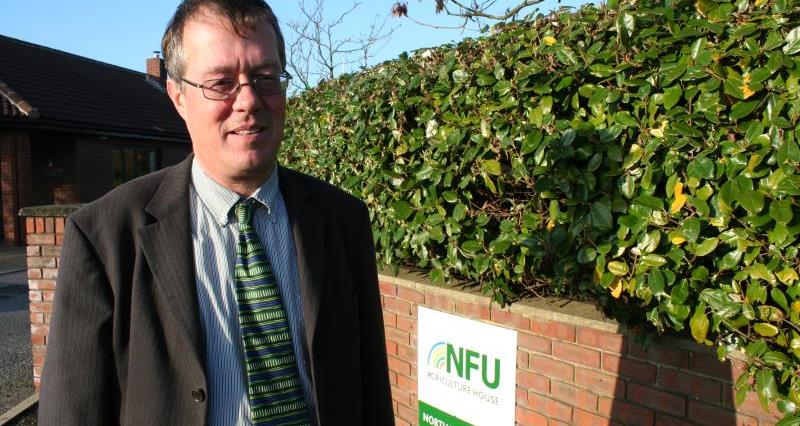"BVD is one of the biggest disease issues facing the cattle industry currently and one which is in the hands of the sector to control and eradicate," said Mr Mellor who is also chairman of the BVDFree England Implementation Group.
"It’s up to farmers and the livestock industry to make this eradication scheme work, its for our benefit, it can be done and it will be done."
What is BVD?
Bovine Viral Diarrhoea, or BVD, is a highly contagious viral disease of cattle. It is one of the biggest disease issues facing the UK cattle industry.
The majority of BVD infections occur after birth. Signs of BVD aren’t always obvious and the costs can be hidden:
• Reproductive losses – early embryonic death, returns to service, abortions
• Secondary disease - immune suppression increases the chances of pneumonia and scour in calves, lameness and mastitis in adults
• Poor production - lower milk yield, poor growth rates, increased cull rates
• Deaths – commonly through secondary infection
Persistently Infected animals (PIs)
If cows and heifers become infected within the first 120 days of gestation, the unborn calf may become persistently infected or PI. A calf will only become PI if its mother is infected during pregnancy; it cannot become PI after birth.
PIs will shed high quantities of BVD virus into their environment for life. They are the most significant source of infection to other cattle.
Within infected herds, PIs often only account for one or two out of every 100 animals. It is contact with these PI animals that leads to infection of other animals within your herd, causing the signs listed above.
How does BVD spread?
BVD virus is commonly spread from infected dams to their unborn calf through the semen of infected bulls from nose to nose contact with infected carriers.
Vaccinating can help control the disease - but will not eradicate the disease in infected stock – so you might be vaccinating and still have BVD on your farm.
Many UK herds have already been exposed to the virus, but there are many at constant risk of re-introduction of the disease due to:
• unknowingly buying in PI animals
• infection from neighbouring farms
• contact with infected animals at markets and shows
How can I tell if I have PI animals?
Sometimes PIs have stunted growth and rough coats, although more frequently they will appear completely normal. Antibody tests can be used to tell you whether your herd has been exposed to BVD. Identification of individual PI animals can be done through testing blood or tissue samples.
All PI animals, once identified, must be removed from the herd. This is essential to achieve a successful BVD eradication scheme.
Talk to your vet to develop an effective screening programme to establish the BVD status of your herd.
